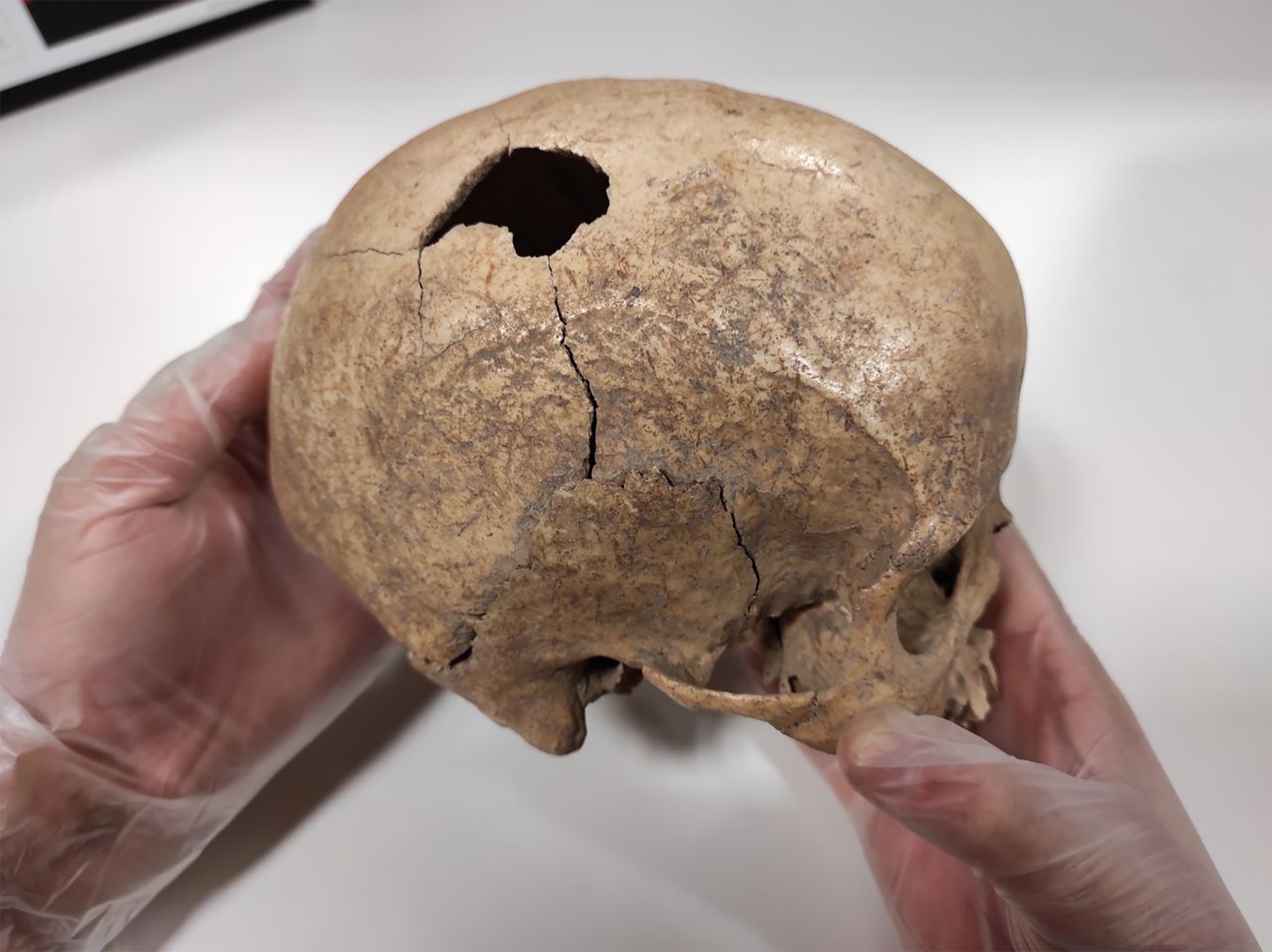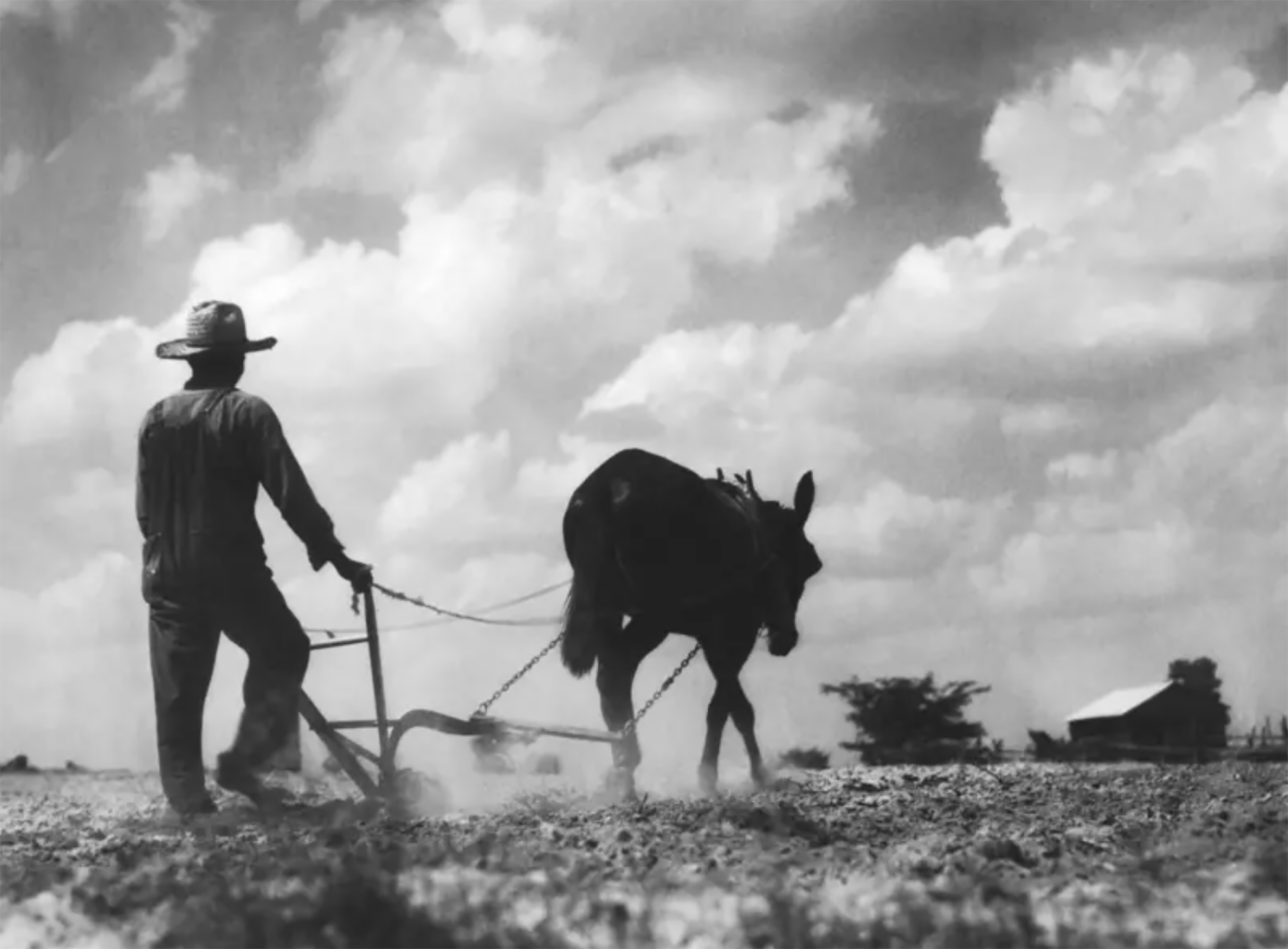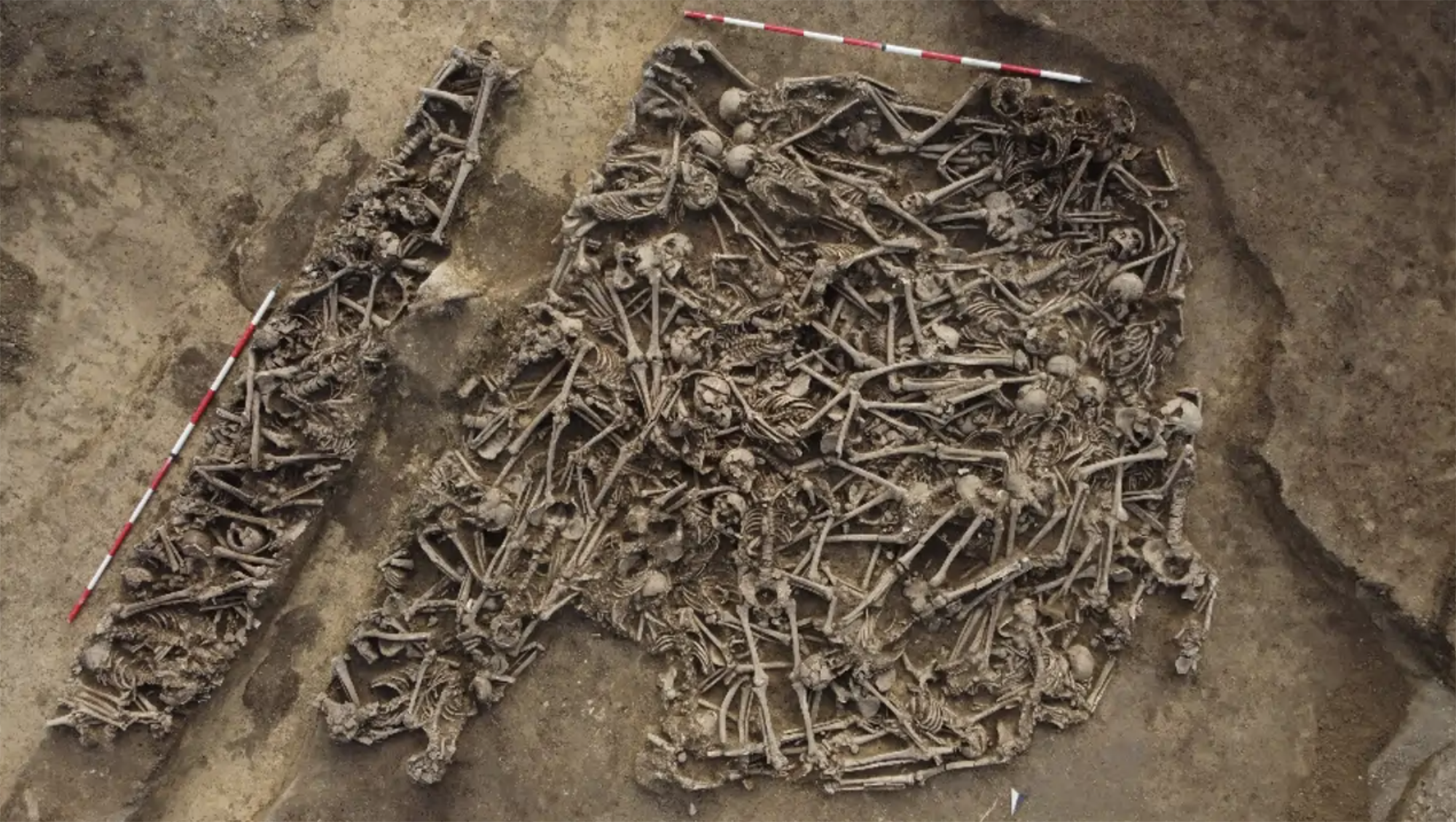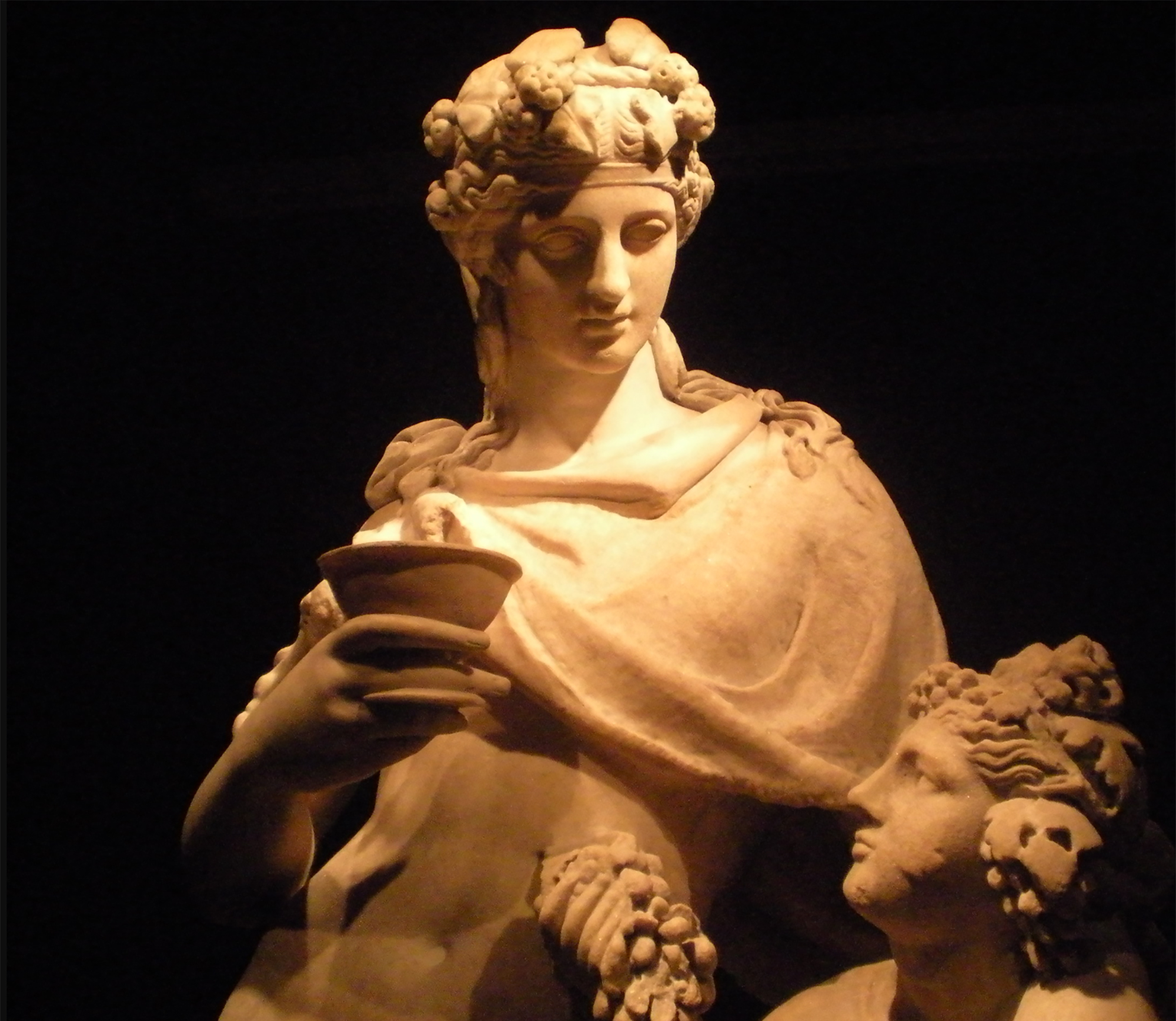The violence summit 6,400 years ago
- In a recent study published in the journal Nature, the bones of 3,500 individuals between 14,000 and 2,400 years old have been analyzed, looking for signs of violence, to analyze how the development of political structures affected violence among humans.

Middle East, 6,400 years ago. A drier than normal climate drove the urbanization process. Much of the population moved from rural areas to the villages of the Copper Age, intensifying conflicts between elites to obtain scarce resources. At that time, the first States were created, which still had no power to manage conflicts among the population, and which also began to proliferate wider conflicts between groups. Thus, at that time the highest number of violent deaths was reached.
This is one of the conclusions of the work that researchers Joerg Bat, Giacomo Benati and Arkadiusz Sołtysia have just published in the journal Nature. The bones of 3,500 individuals between 14,000 and 2,400 years old have been analyzed for signs of violence to analyze how the development of political structures affected human violence.
14,000 years ago, in hunter-gatherer communities, the level of violence was relatively low, probably due to the small population and its dispersion and the ease of avoiding conflicts. In the Neolithic, population density was still low, but as has been seen, the change came 6,400 years ago. Along with the first steps of the state organization, the highest level of violence of the 12,000 years covered by the study was reached.
The states improved the organization, obtained resources through taxes and were able to more easily control social violence, with a better satisfaction of the population. Military control, but also cooperation
But from then on, the next in 1,500 years, the number of violent deaths dropped. The states improved the organization, obtained resources through taxes and were able to more easily control social violence, with a better satisfaction of the population. This involved military control, but also cooperation. Through religious acts, the construction of temples and other actions managed to increase the feeling of belonging and reduce conflicts. The bread and the circus would later be called by the Romans.
Violence grew again 3,500 years ago in the transition to the Iron Age. The drought that lasted for three centuries caused migrations and a shortage of resources, that is, forage for violence. And they also began to create military superpowers, like the Assyrian Empire, which provoked violent military campaigns and mass deportations.
The study shows that human nature has tendencies characteristic of cooperation and violence and that, despite certain elements, they predominate one or the other. In the words of historian Giacomo Benati, “we now know that institutional organization and regulated systems contribute to conflict management and violence reduction, while climate change and urbanization processes can increase violence.” And although the research analyzes the events that occurred thousands of years ago, these two components that drive violence are now booming.
Washington, D.C., June 17, 1930. The U.S. Congress passed the Tariff Act. It is also known as the Smoot-Hawley Act because it was promoted by Senator Reed Smoot and Representative Willis Hawley.
The law raised import tax limits for about 900 products by 40% to 60% in order to... [+]
During the renovation of a sports field in the Simmering district of Vienna, a mass grave with 150 bodies was discovered in October 2024. They conclude that they were Roman legionnaires and A.D. They died around 100 years ago. Or rather, they were killed.
The bodies were buried... [+]
Until now we have believed that those in charge of copying books during the Middle Ages and before the printing press was opened were men, specifically monks of monasteries.
But a group of researchers from the University of Bergen, Norway, concludes that women also worked as... [+]
Florentzia, 1886. Carlo Collodi Le avventure de Pinocchio eleberri ezagunaren egileak zera idatzi zuen pizzari buruz: “Labean txigortutako ogi orea, gainean eskura dagoen edozer gauzaz egindako saltsa duena”. Pizza hark “zikinkeria konplexu tankera” zuela... [+]
Linear A is a Minoan script used 4,800-4,500 years ago. Recently, in the famous Knossos Palace in Crete, a special ivory object has been discovered, which was probably used as a ceremonial scepter. The object has two inscriptions; one on the handle is shorter and, like most of... [+]
Londres, 1944. Dorothy izeneko emakume bati argazkiak atera zizkioten Waterloo zubian soldatze lanak egiten ari zela. Dorothyri buruz izena beste daturik ez daukagu, baina duela hamar urte arte hori ere ez genekien. Argazki sorta 2015ean topatu zuen Christine Wall... [+]
Bilbo, 1954. Hiriko Alfer eta Gaizkileen Auzitegia homosexualen aurka jazartzen hasi zen, erregimen frankistak izen bereko legea (Ley de Vagos y Maleantes, 1933) espresuki horretarako egokitu ondoren. Frankismoak homosexualen aurka egiten zuen lehenago ere, eta 1970ean legea... [+]
Eskultura grekoerromatarrek bere garaian zuten itxurak ez du zerikusirik gaurkoarekin. Erabilitako materiala ez zuten bistan uzten. Orain badakigu kolore biziz margotzen zituztela eta jantziak eta apaingarriak ere eransten zizkietela. Bada, Cecilie Brøns Harvard... [+]
Japonia, XV. mendea. Espioitzan eta hilketa ezkutuetan espezializatutako eliteko talde militarra sortu zen. Edo horixe uste du behintzat Stephen Turnbull historialari britainiarrak. Beste aditu batzuen ustez, askoz lehenago sortu ziren ninjak, duela 2.300-2.500 urte inguru. Eta... [+]
Chão de Lamas-eko zilarrezko objektu sorta 1913an topatu zuten Coimbran (Portugal). Objektu horien artean zeltiar jatorriko zilarrezko bi ilargi zeuden. Bi ilargiak apaingarri hutsak zirela uste izan dute orain arte. Baina, berriki, adituek ilargietan egin zituzten motibo... [+]
Hertfordshire (Ingalaterra), 1543. Henrike VIII.a erregearen eta Ana Bolenaren alaba Elisabet hil omen zen Hatfield jauregian, 10 urte besterik ez zituela, sukarrak jota hainbat aste eman ondoren. Kat Ashley eta Thomas Parry zaintzaileek, izututa, irtenbide bitxia topatu omen... [+]
Luxorren, Erregeen Haranetik gertu, hilobi garrantzitsu baten sarrera eta pasabide nagusia aurkitu zituzten 2022an. Orain, alabastrozko objektu batean Tutmosis II.aren kartutxoa topatu dute (irudian). Horrek esan nahi du hilobi hori XVIII. dinastiako faraoiarena... [+]
AEB, 1900eko azaroaren 6a. William McKinley (1843-1901) bigarrenez aukeratu zuten AEBetako presidente. Berriki, Donald Trump ere bigarrenez presidente aukeratu ondoren, McKinleyrekiko miresmen garbia agertu du.
Horregatik, AEBetako mendirik altuenari ofizialki berriro... [+]
Urruña, 1750eko martxoaren 1a. Herriko hainbat emakumek kaleak hartu zituzten Frantziako Gobernuak ezarritako tabakoaren gaineko zergaren aurka protesta egiteko. Gobernuak matxinada itzaltzeko armada bidaltzea erabaki zuen, zehazki, Arloneko destakamentu bat. Militarrek... [+]
In the Maszycka cave in Poland, remains of 18,000 years ago were found at the end of the 19th century. But recently, human bones have been studied using new technologies and found clear signs of cannibalism.
This is not the first time that a study has reached this conclusion,... [+]

























